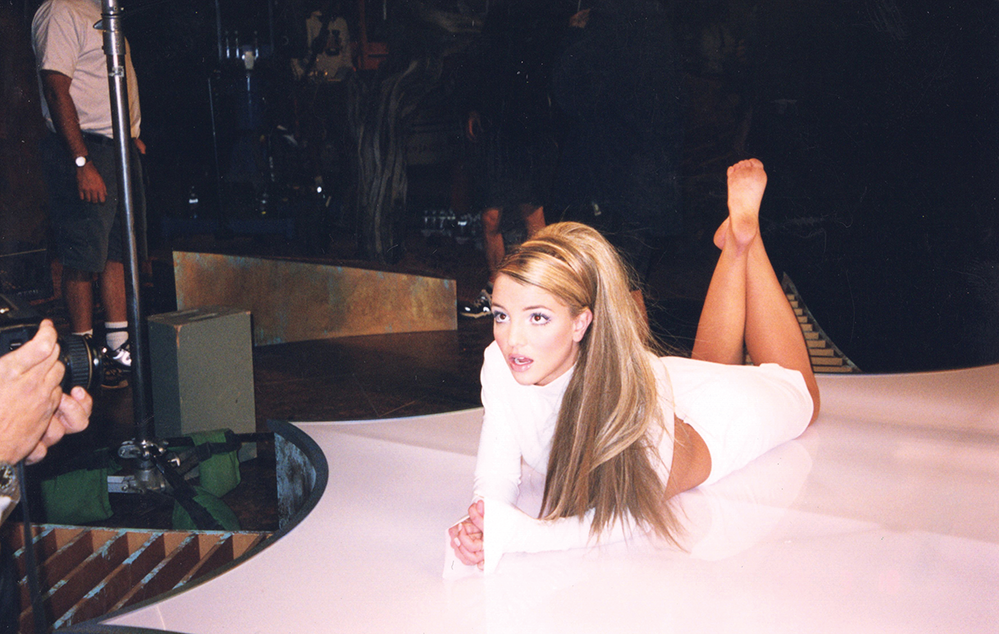★★★★★
The “Princess of Pop” earned her title during her reign throughout the 1990s and early 2000s, a time when, as one of the most iconic musical artists of her generation, Britney Spears was launched to global adoration and fame.
However, after the incident in 2007 when Spears shaved her head in a Tarzana salon, public perception of her stardom shifted drastically, and the musician plummeted from her high Hollywood standing.
In 2021, almost fourteen years later, The New York Times Presents released a new standalone documentary, “Framing Britney Spears.” The film attempts to explain what really happened to the starlet after 2007. The vicious attacks that Spears faced in the midst of her highly publicized breakdown are depicted as accurately cruel, highlighting the fact that Spears was often out of control of the things for which she was criticized.
“Framing Britney Spears,” directed by Samantha Stark, is a short yet solid documentary. As the movie notes, Britney Spears is one woman in a long line of female celebrities whose personal lives have been scrutinized beyond reason, often with tragic consequences. The media has portrayed Spears solely as someone who “went crazy” without ever acknowledging the role that public opinion played in her deteriorating mental state.
The film tracks Spears from her childhood talent to her transformation into a bona fide popstar; she reached her peak popularity just as tabloids were rising to prominence in their own right. Spears quickly became one of the most photographed women in history, and paparazzi could stand to make a small fortune on Britney photos. The star was swarmed day and night for more than two years by paparazzi who argued that her multiple teary pleas for privacy only meant “go away for today” and not “go away forever.”
Armed with this information about public treatment of Spears, the documentary explains in detail the events that led up to the pop star shaving her head back in 2007. Stark chooses to shift the narrative away from Britney Spears’ fall from grace and toward her demonization by the media, so that Spears’ career can be understood in a more objective context.
The film includes an emotional clip of Britney telling the people around her, “I don’t want anyone touching me. I’m tired of everybody touching me,” to explain why she decided to cut her hair. According to the documentary, the act was about taking back some level of power over her own image and body.

By framing Spears’ actions within the decades of public harassment she endured, the documentary shows how Britney was destroyed in front of a hungrily watching audience. To answer the question of why no one ever defended her at the time, Wesley Morris of the Times said it best in the documentary: “There was too much money to be made off of her suffering.”
The film excels in objectivity. The Times documentary does not just point one finger at one person or entity as solely responsible for Britney Spears’ treatment in the 1990s and 2000s, but rather emphasizes many different groups who took part in destroying a young woman for no reason.
In addition to focusing on Spears’ so-called “unraveling,” the film does an expert job of weaving in the star’s conservatorship and the “Free Britney” movement, which was launched in 2009 out of concern for Spears’ well-being under her conservatorship. The documentary defines conservatorships clearly by detailing Spears’ father’s role in her life, defining him as “a person, official or institution designated to take over and protect the interest of an incompetent.”
This underlying narrative is highlighted by Spears’ current efforts to fight against her 12-year conservatorship as well as show the flaws in the conservatorship system. As of now, Spears has no control over her own personhood. All of her civil rights have been transferred to her father, and she must do whatever he sees fit. Furthermore, the documentary highlights the fact that conservatorships are almost impossible to be released from and notes that Spears’ largest yearly expense is her father’s conservator fee.
Although the movie does discuss the conservatorship, it would have benefitted from diving into the situation in greater depth. To many viewers, the “Free Britney” movement may have more current relevance than the media’s past maltreatment of the star; had the film included more footage related to the conservatorship, it may have been more engaging overall.
In the current social media climate where fans feel entitled to not only know everything about their favorite celebrities but to comment on them as well, “Framing Britney Spears” feels like a reminder to consider the impact of our actions and see the humanity in even our most idolized figures.
The main takeaway from this documentary is explained almost perfectly by Kim Kaiman, who worked at Jive Records during Spears’ time with the label: “It’s so easy. It’s so much fun to take a celebrity who’s a young, beautiful, talented girl and rip her to shreds.”













